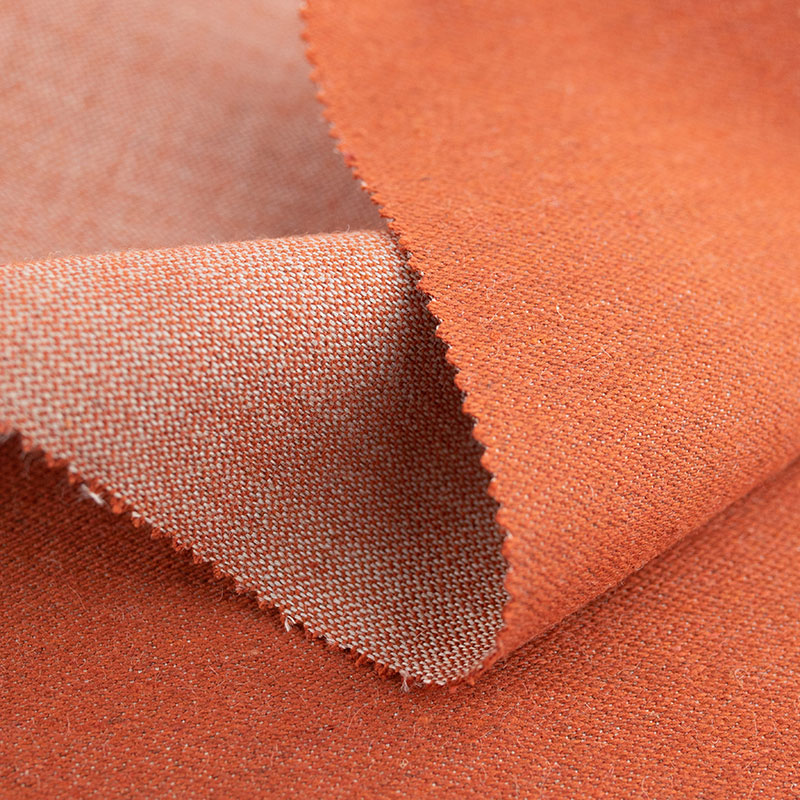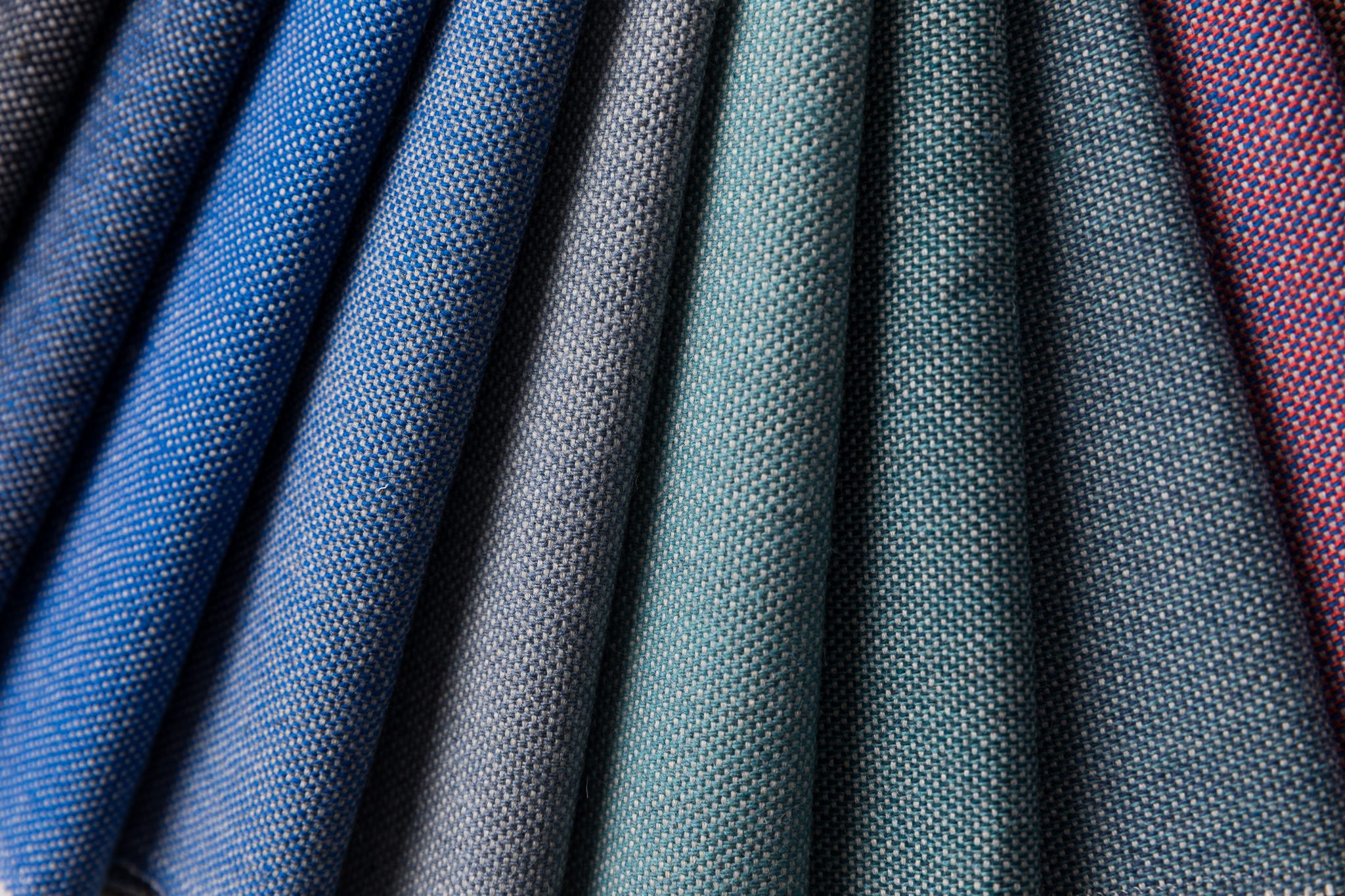
Dyeing durable clothing with a natural dye
Revisiting the colour of your white T-shirt or looking for a personalised canvas bag? Give your old garment a new life by using a vegetable dye bath! The textile industry is one of the world’s biggest polluters, partly due to the environmentally damaging dyeing process of your clothes. As an alternative you can also use natural dyes.
Properties of natural dyes
Natural dyes are cheap, biodegradable and gathered from nature. They also have non-toxic and non-allergenic properties. Unfortunately, there is also a disadvantage to using natural dyes. They adhere relatively poorly to your fabric. This means that you have to use a mordant in addition to your dye.
You can use vegetables, plants or trees for your dye. The best dye colours are obtained from silk, followed by wool and cotton the least. When using woven fabrics, uneven dyeing due to obstructed penetration of the dye solution, in addition to inadequate pre-treatment, can also result from the contact points of the interwoven warp and weft threads. Plant-based dyeing is different from chemical dyeing. You know approximately what colour you are going to get, but two different baths never give quite the same result. In addition, the colour fades more quickly, which also gives a nice natural effect to your fabric!

Steps to the natural dyeing process
- Get a good dye. For example, spend a few evenings collecting the onion peels or avocado seeds from your meals. In addition, you can use a lot of products that you probably already have at home! Carrots, walnuts, cherries, spinach, turmeric… It is important to clean your ingredients well before using them.
- Make your mordant (bonding agent). For a simple way to mordant your fabric, you can create a bonding layer using soy milk. Want to go a step further? Then you can use soda and alum for an extra good bond! For the soya milk treatment, use 0.5 litres of soya milk per 1 metre of fabric. The soy milk is then mixed with water and the cellulose fibres are soaked in it for 24 hours, after which it is centrifuged in the washing machine. For 500 grams of fabric, use 1 teaspoon of soda against 2 teaspoons of alum. Dissolve them separately in hot water and put them together in the pre-wash bath. Stir well and let it dry!
- Make your paint. Put your dye with a couple of litres of water in a pan that you won’t be using for food. Heat the water until the dye from your paint material dissolves in the water. Some substances can be boiled, others (such as avocado) are better heated at a later temperature. This prevents the colour from turning browner than intended. Leave the dye in the water until the colour is perfect for you!
- Filter out your dyes. In order to make your paint ready for use, you need to filter out the residues of the dye. Otherwise, you risk staining your fabric.
- Dye your fabric. Reheat your paint. Again, note that some dyes should not be heated to boiling point. Add the moistened substances to the paint and leave to soak for as long as you like. For a more intense colour you can leave it in all night. Stir well to ensure that the fabric is dyed evenly!
- Rinse your fabric. When your fabric is dyed, rinse it in the washing machine on a short cycle (maximum 30°C). Use a little washing powder. Afterwards, let the fabric dry well and there is your self-dyed fabric in a durable way!


